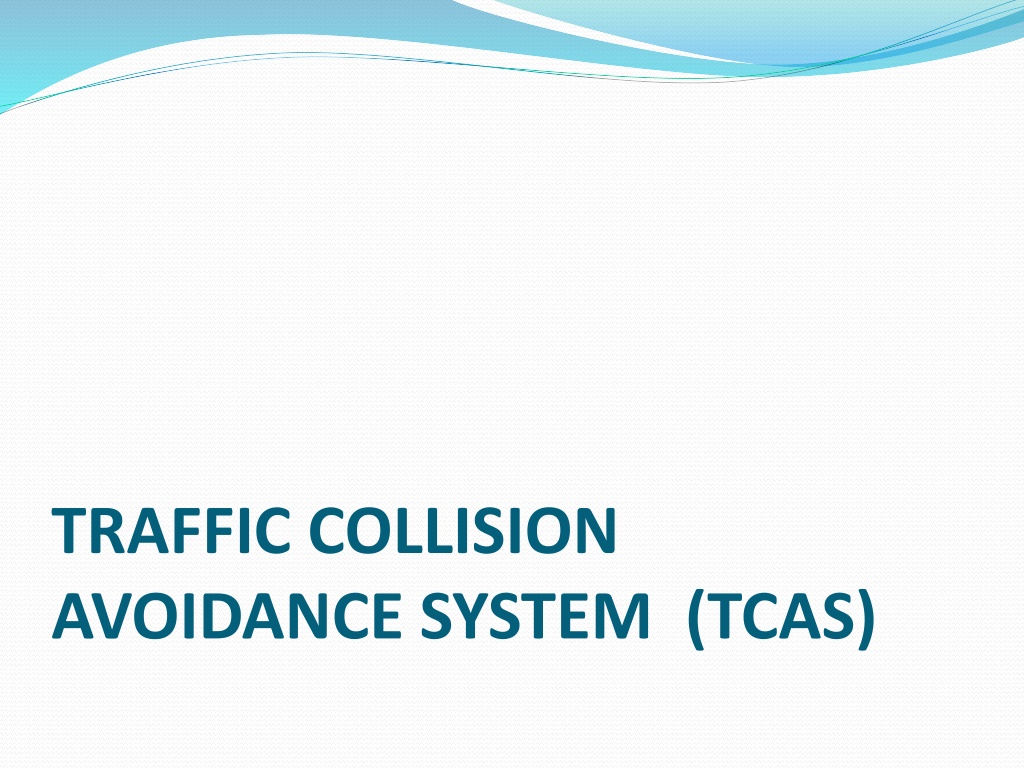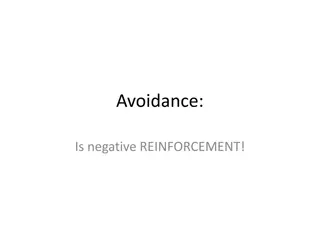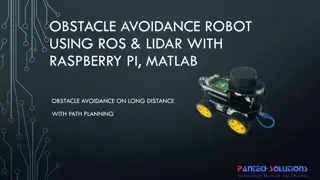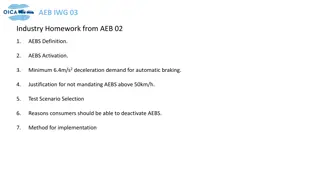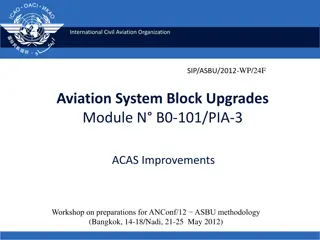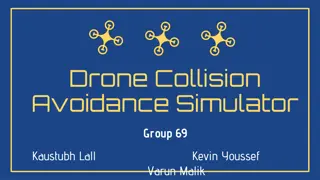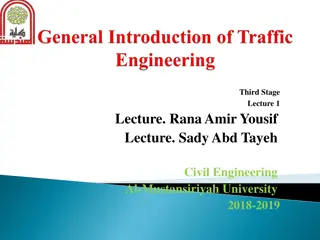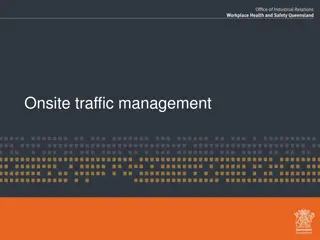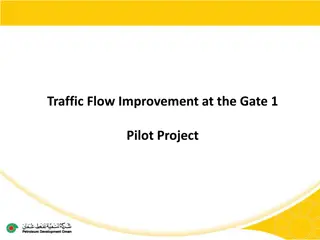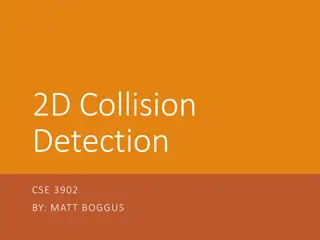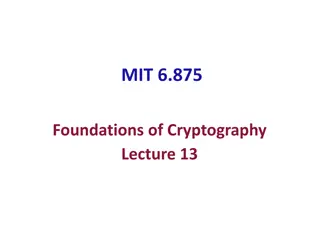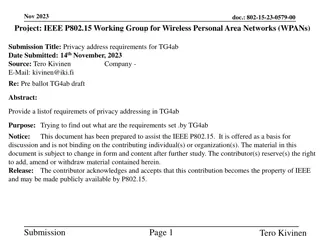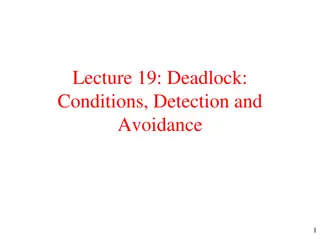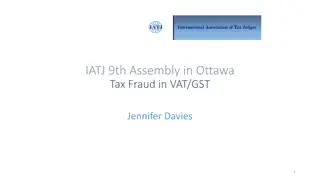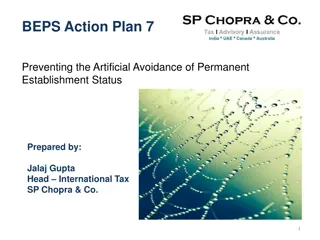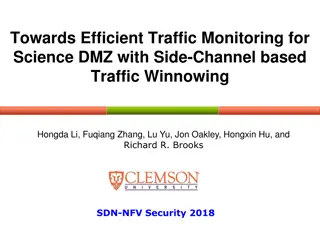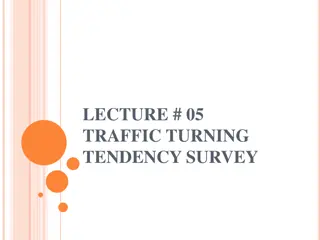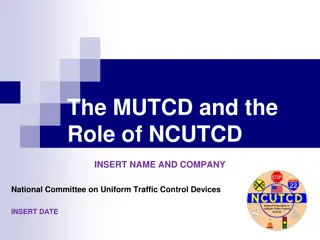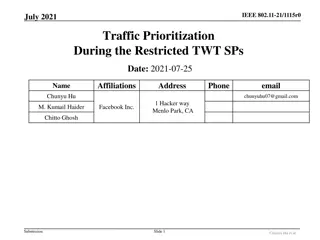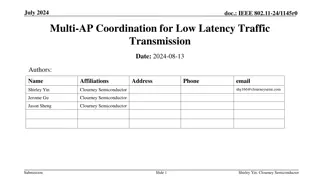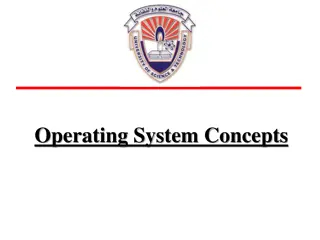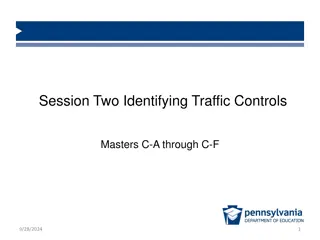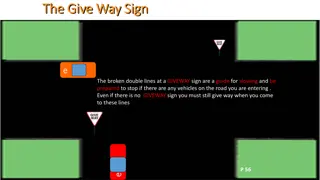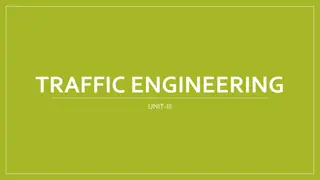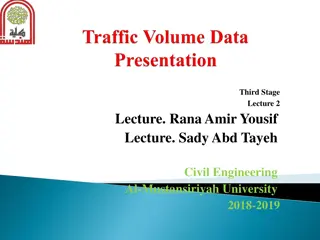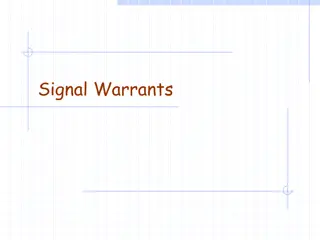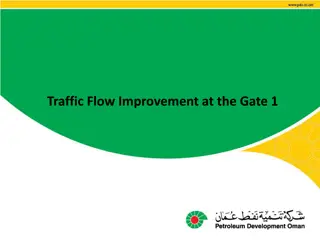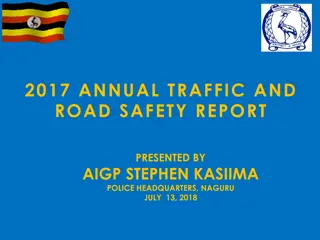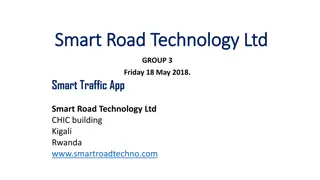Understanding TCAS - Traffic Collision Avoidance System
A Traffic Collision Avoidance System (TCAS) is a vital aircraft collision avoidance technology that helps reduce mid-air collisions by monitoring the airspace around an aircraft. TCAS operates independently of ground-based equipment and advises pilots on potential conflicting aircraft. Mandated by the International Civil Aviation Organization for larger aircraft, TCAS uses secondary surveillance radar transponder signals to build a 3D map of aircraft in the airspace and determine collision threats. Components of a TCAS installation include a computer unit, antennas, and more, all working together to enhance aviation safety.
Download Presentation

Please find below an Image/Link to download the presentation.
The content on the website is provided AS IS for your information and personal use only. It may not be sold, licensed, or shared on other websites without obtaining consent from the author. Download presentation by click this link. If you encounter any issues during the download, it is possible that the publisher has removed the file from their server.
E N D
Presentation Transcript
TRAFFIC COLLISION AVOIDANCE SYSTEM (TCAS)
A traffic collision avoidance system or traffic alert and collision avoidance system (both abbreviated as TCAS) is an aircraft collision avoidance system designed to reduce the incidence of mid-air collisions between aircraft. It monitors the airspace around an aircraft for other aircraft equipped with transponder, independent of air traffic control, and warns pilots of the presence of other transponder-equipped aircraft which may present a threat of mid-air collision (MAC). a corresponding active
It is a type of airborne collision avoidance system mandated by the International Civil Aviation Organization to be fitted to all aircraft with a maximum take-off mass (MTOM) of over 5,700 kg (12,600 lb) or authorized to carry more than 19 passengers. ACAS / TCAS is based on secondary surveillance radar (SSR) transponder signals, but operates independently of ground-based equipment to provide advice to the pilot on potential conflicting aircraft. In modern glass cockpit aircraft, the TCAS display may be integrated in the Navigation Display (ND) or Electronic Horizontal Situation Indicator (EHSI); in older glass cockpit aircraft and those with mechanical instrumentation, such an integrated TCAS display may replace the mechanical Vertical Speed Indicator (which indicates the rate with which the aircraft is descending orclimbing).
TCAS equipped with an appropriate transponder (provided the transponder is enabled and set up properly). Each TCAS-equipped aircraft interrogates all other aircraft in a determined range about their position (via the 1.03 GHz radio frequency), and all other aircraft reply to other interrogations (via 1.09 GHz). This interrogation- and-responsecycle mayoccurseveral times persecond. The TCAS system builds a three dimensional map of aircraft in the airspace, incorporating their range (garnered from the interrogation and response round trip time), altitude (as reported by the interrogated aircraft), and bearing (by the directional antenna from the response). Then, by extrapolating current difference to anticipated future values, it determines if a potential collision threatexists. involves communication between all aircraft range and altitude
A TCAS installation consists of the following components: TCAS computerunit Performs airspace surveillance, intruder tracking, its own aircraft altitude tracking, threat detection, resolution advisory (RA) maneuver determination and selection, and generation of advisories. The TCAS Processor uses pressure altitude, radar altitude, and discrete aircraft status inputs from its own aircraft to control the collision avoidance logic parameters protection volumearound the TCAS aircraft. Antennas The antennas used by TCAS II include a directional antenna that is mounted on the top of the aircraft and either an omni directional or a directional antenna mounted on the bottom of the aircraft. that determine the
Most installations use the optional directional antenna on the bottom of the aircraft. In addition to the two TCAS antennas, two antennas are also required for the Mode S transponder. One antenna is mounted on the top of the aircraft while the other is mounted on the bottom. These antennas enable the Mode S transponder to receive interrogations at 1030 MHz and reply to the received interrogations at 1090 MHz Cockpitpresentation The TCAS interface with the pilots is provided by two displays: the trafficdisplayand the RA display. These two displays can be implemented in a number of ways, including displays that incorporate both displays into a single, physical unit. Regardless of the implementation, the information displayed is identical.
TCAS operation based on TCAS II, since this is the version that has been adopted as an international standard by ICAO and aviation authoritiesworldwide. Operation modes TCAS II can be currentlyoperated in the following modes: Stand-by: Power is applied to the TCAS Processor and the mode S transponder, but TCAS does not issue any interrogations and the transponder will interrogations. Transponder The mode S transponder is fully operational and will reply to all appropriate ground and TCAS interrogations. TCAS remains in stand-by. reply to only discrete
Trafficadvisoriesonly: The mode S transponder is fully operational. TCAS will operate normally and issue the appropriate interrogations and perform all tracking functions. However, TCAS will only issue traffic advisories (TA), and the resolution advisories (RA) will be inhibited. Automatic (traffic/resolutionadvisories): The mode S transponder is fully operational. TCAS will operate normally and issue the appropriate interrogations and perform all tracking functions. TCAS will issue traffic advisories (TA) and resolution advisories (RA), when appropriate. TCAS works in a coordinated manner, so when an RA is issued to conflicting aircraft, a required action (i.e., Climb. Climb.) has to be immediately performed by one of the aircraft, while the other one receives a similar RA in the oppositedirection (i.e., Descend. Descend.).
Passive Collision Avoidance systems which rely on transponder replies triggered by ground and airborne systems are considered passive. Ground and airborne interrogators transponders for mode C altitude information, which can be monitored by third-party information. Passive systems display traffic similar to TCAS, however generally have a range of less than 7 nautical miles (13 km). query nearby systems for traffic
TCAS I TCAS I is a cheaper but less capable system than the modern TCAS II system introduced for general aviation use after the FAA mandate for TCAS II in air transportaircraft. TCAS I systems are able to monitor the traffic situation around a plane (to a range of about 40 miles) and offer information on the approximate bearing and altitudeof otheraircraft. It can also generate collision warnings in the form of a "Traffic Advisory" (TA). The TA warns the pilot that another aircraft is in near vicinity, announcing "Traffic, traffic", but does not offer any suggested remedy; it is up to the pilot to decide what to do, usually with the assistance of Air Traffic Control. When a threat has passed, the system announces "Clear of conflict".
TCAS II It offers all the benefits of TCAS I, but will also offer the pilot direct, vocalized instructions to avoid danger, known as a "Resolution Advisory" (RA). The suggestive action may be "corrective", suggesting the pilot change vertical speed by announcing, "Descend, descend", "Climb, climb" or "Adjust Vertical Speed Adjust" (meaning reduce vertical speed). By contrast a "preventive" RA may be issued which simply warns the pilots not to deviate from their present vertical speed, announcing, "Monitor vertical speed" or "Maintain vertical speed, Maintain". TCAS II systems coordinate their resolution advisories before issuing commands to the pilots, so that if one aircraft is instructed to descend, the other will typically be told to climb maximizing the separation between the two aircraft.
TCAS III : TCAS III attempts to use the TCAS directional antenna to assign a bearing to other aircraft, and thus be able to generate a horizontal maneuver (e.g. turn left or right). However, it was judged by the industry to be unfeasible due to limitations in the accuracy of the TCAS directional antennas. The directional antennas were judged not to be accurate enough to generate an accurate horizontal-plane position, and thus an accurate horizontal resolution . Hence, all work on TCAS III was suspended and there are no plans for its implementation. The concept has later evolved and been replaced by TCAS IV.
TCAS IV TCAS IV uses additional information encoded by the target aircraft in the Mode S transponder reply (i.e. target encodes its own position into the transponder signal) to generate a horizontal resolution to an RA. In addition, some reliable source of position (such as Inertial Navigation System or GPS) is needed on the target aircraft in order for it to be encoded. TCAS IV has replaced the TCAS III. One of the results of TCAS III experience has been that the directional antenna used by the TCAS processor to assign a bearing to a received transponder reply is not accurate enough to generate an accurate horizontal position, and thus a safe horizontal resolution. TCAS IV uses additional position information encoded on an air-to-air data link to generate the bearing information, so the accuracy of thedirectional antenna would not be a factor.
